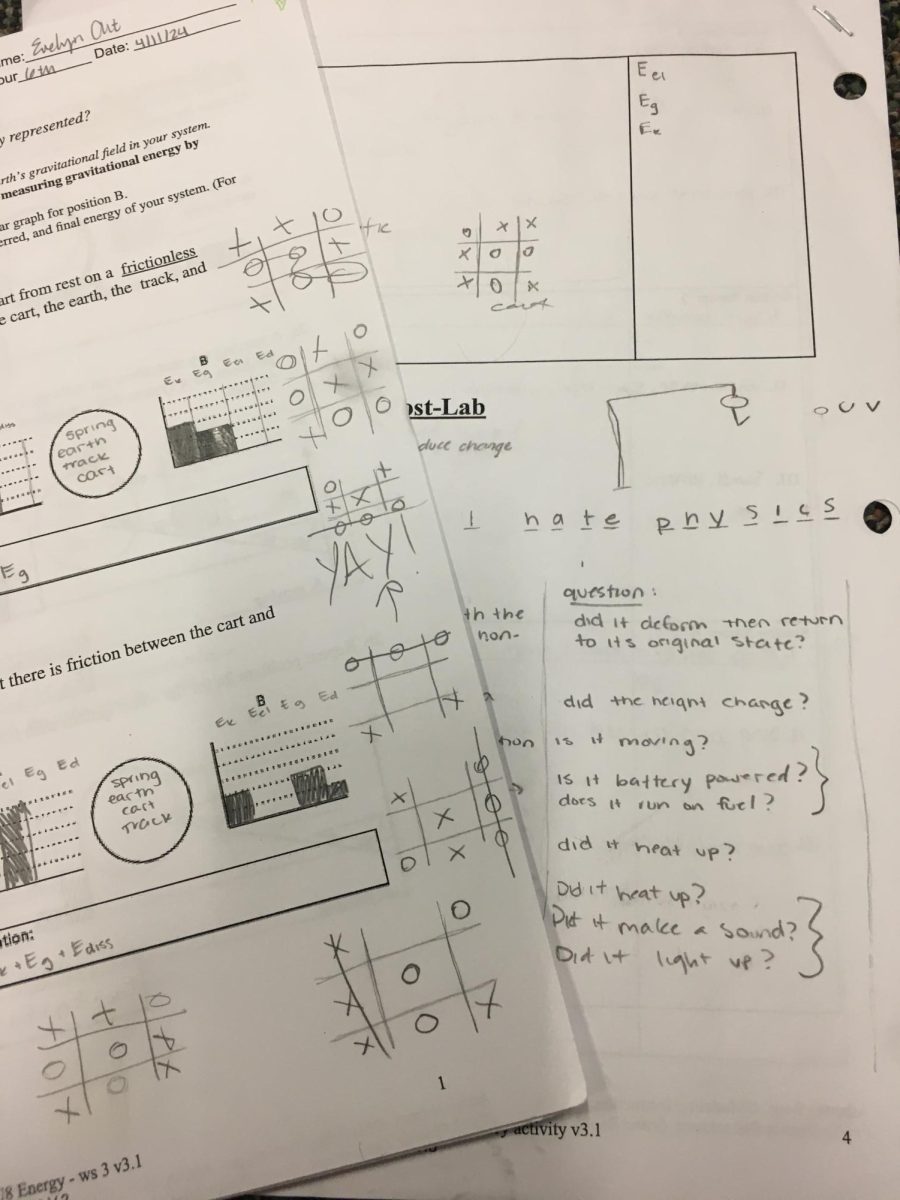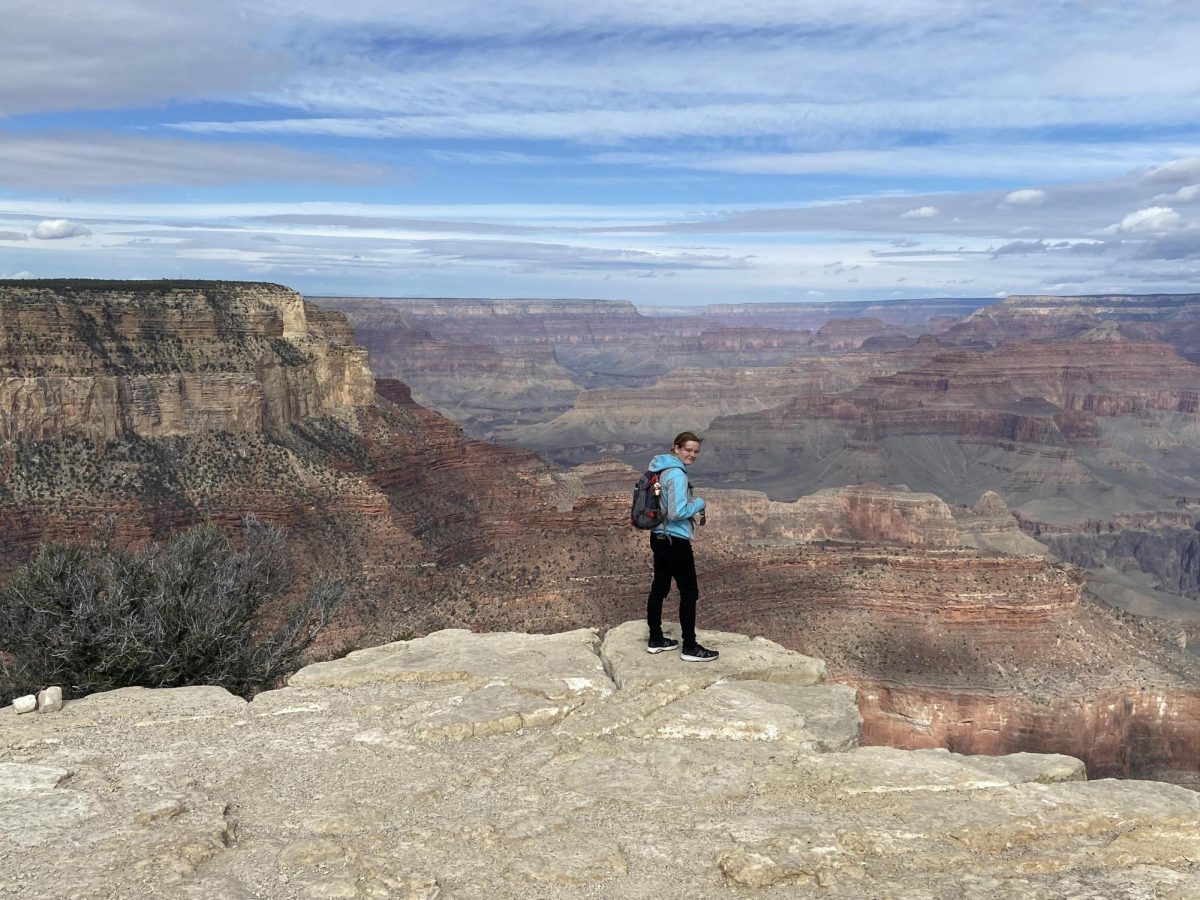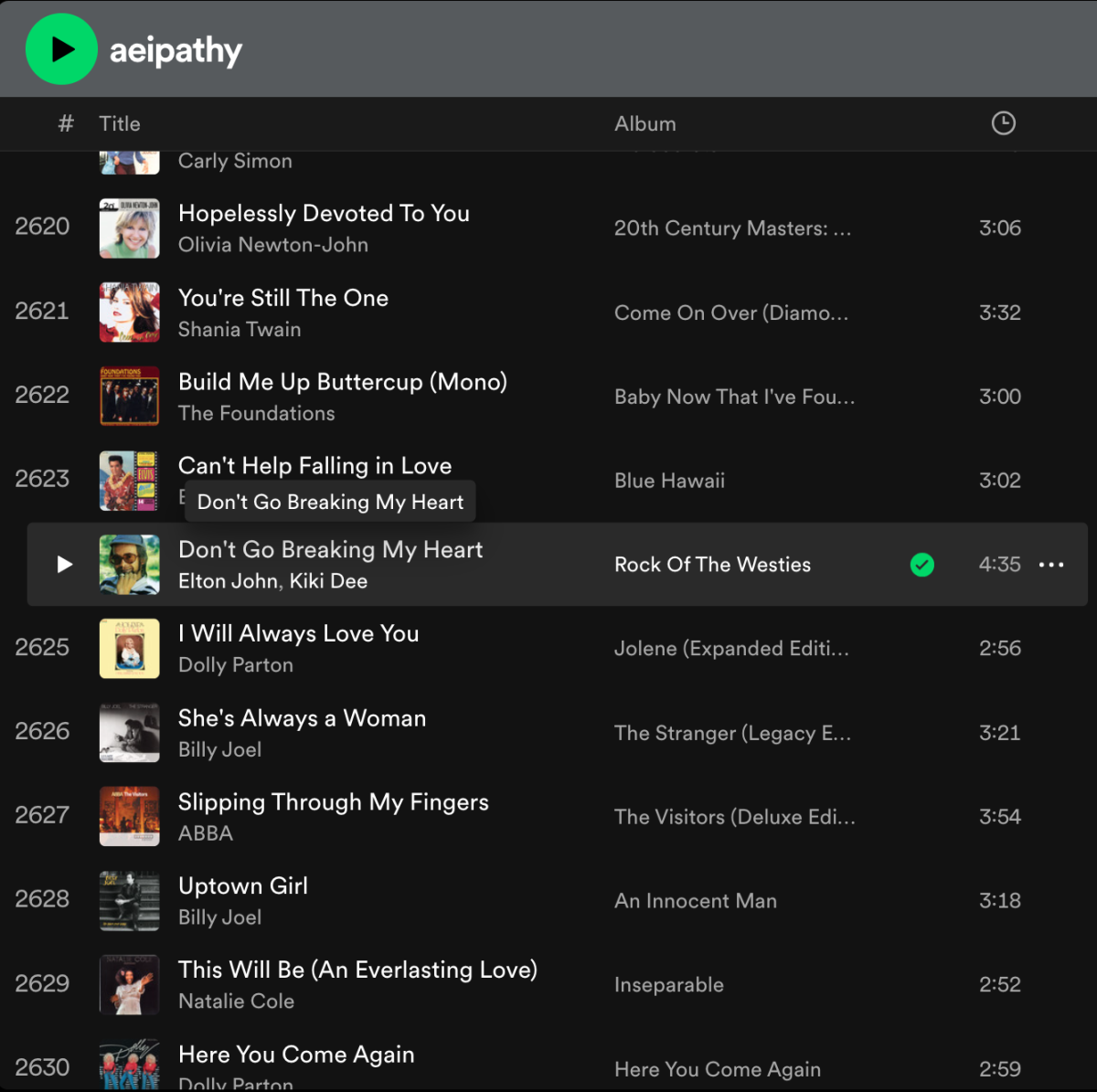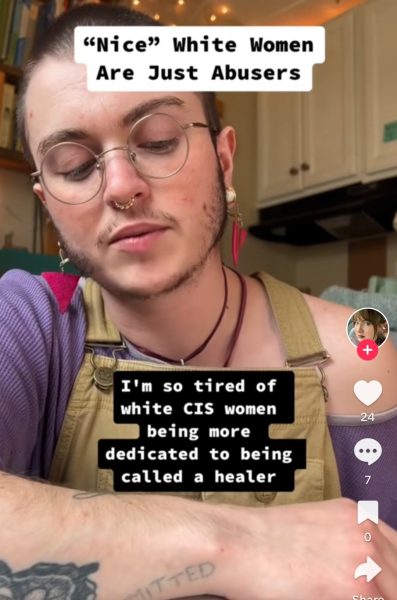How the death of Mahsa (Zhina) Amini led to a full-scale revolution in Iran

protests in Iran burst out after the death of Zhna Amini
Rarely in recent history has someone protesting their own religion led to 15,000 people being sentenced to death.
Earlier this year, Masha (Zhina) Amini—a 22-year-old Iranian Kurd woman—was detained in Tehran, Iran. On Sep. 16, Amini died in a Tehran while under medical care in a hospital.
The reports for the cause of Amini’s death are very foggy. Iranian police said that she had “fallen ill and slipped into a coma” and later died. After closer inspection, this is not the case. After this report, many questions were asked. Amini’s family has recently come out and said that Amini was in perfect health during the arrest, making the report seem untrue.
The reason why Amini was detained by the morality police was that she was not wearing her hijab. In the following days and weeks, riots of people protesting Amini’s death sparked all across Iran. This led to many other Iranian women following in Amini’s footsteps and taking their hijabs off in protest.
The Kurd people are an ethnic minority group living in Iran. Part of the reason why this death was so controversial was that the Kurd people are historically oppressed, meaning that Amini was most likely targeted because she was a Kurd.
After this had happened, the story reached international headlines. Protests have begun globally in response to this case of need for religious freedom, especially in countries where religion runs most things.
In retaliation for the protests, the Iranian government arrested and detained over 15,000 protestors. These protestors, who were hailed as “national threats,” were sentenced to death. Even though it is unclear whether or not Iran has begun the operation, many reports have come out saying that some of the detained protestors are being tortured and raped, so as to intimidate other civilians and control the protestors and their beliefs.
The protests in Iran past this point have turned into somewhat of a revolution, rather than just a widespread protest.
Many of the citizens and protestors feel betrayed by President Ebrahim Raisi. Raisi promised to improve the livelihood of the Iranian people, but these recent stories have made it very clear that the people of Iran do not believe him.
Most of the arguments made against the president are not about his lack of changing economics and housing, but rather about his lack of care for the people’s wishes.
After this happened, the story reached international headlines. Protests have begun globally in response to this case of need for religious freedom, especially in countries where religion runs most things.
Protestors aim to permanently change the religious agenda. For most people in countries like Iran, religion is seen nowadays as more of a binding force rather than a freeing one. For women in Iran—who are the majority of protestors—religion is forcing them to speak out against the harsh rule of it. For Iran, which has historically been run by males, the sexist religious agenda is pushed onto the women, as seen with Amini.
The protests are being quickly shut down by the Iranian government and police, but the country has not given up hope. The protestors have used the saying, “Women, Life, Liberty” as their motto. This saying reflects the needs of the people in Iran and is a driving motive behind the movement.
The protests have been very spotty with serious shutdowns and arrests, but the people of Iran continue to protest for as long as they are able.

Charlie Molitor is a sophomore entering his first year on The Central Trend. Charlie indulges in a plethora of activities, including Track, Improv, Marching...
























































































